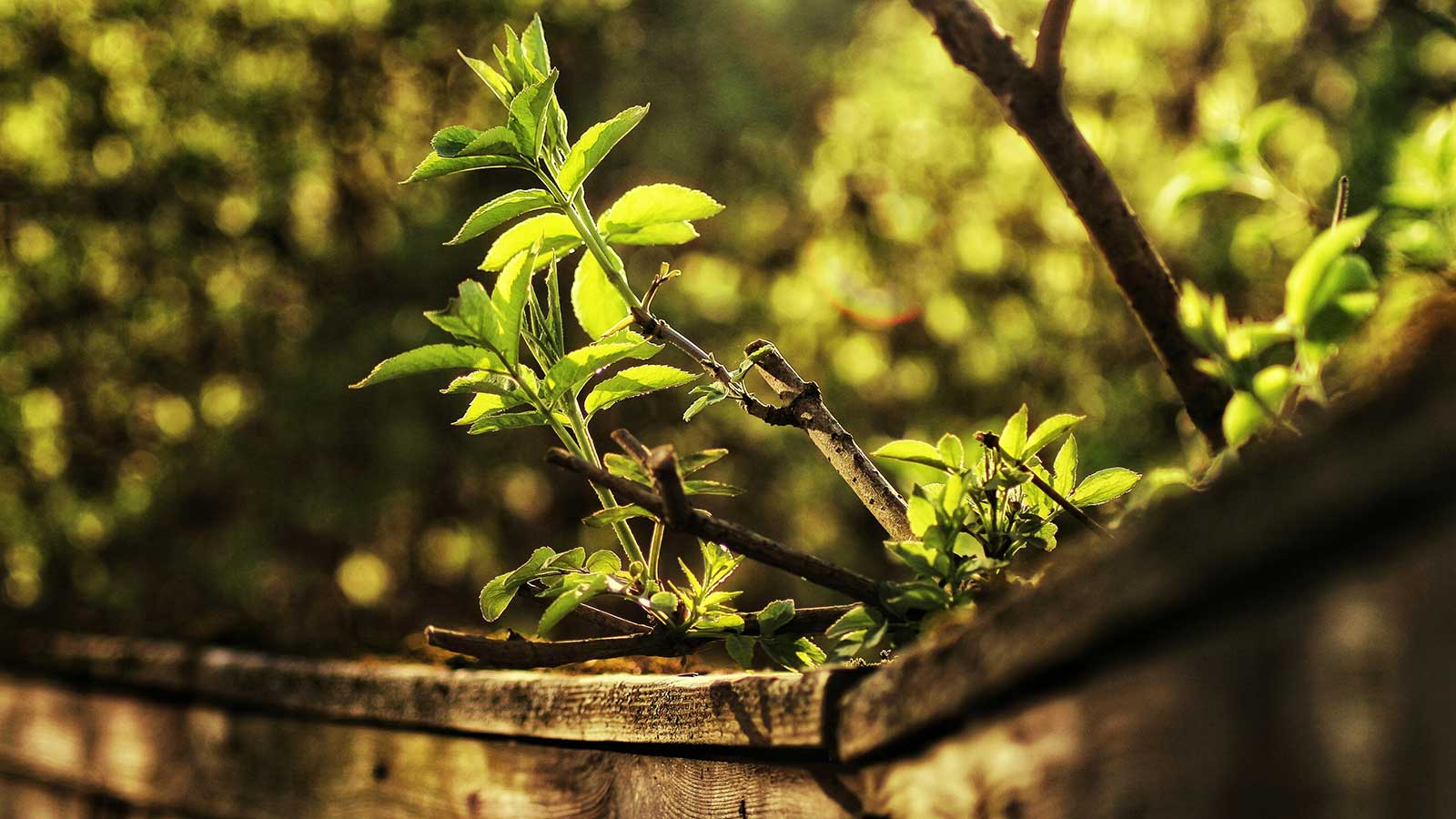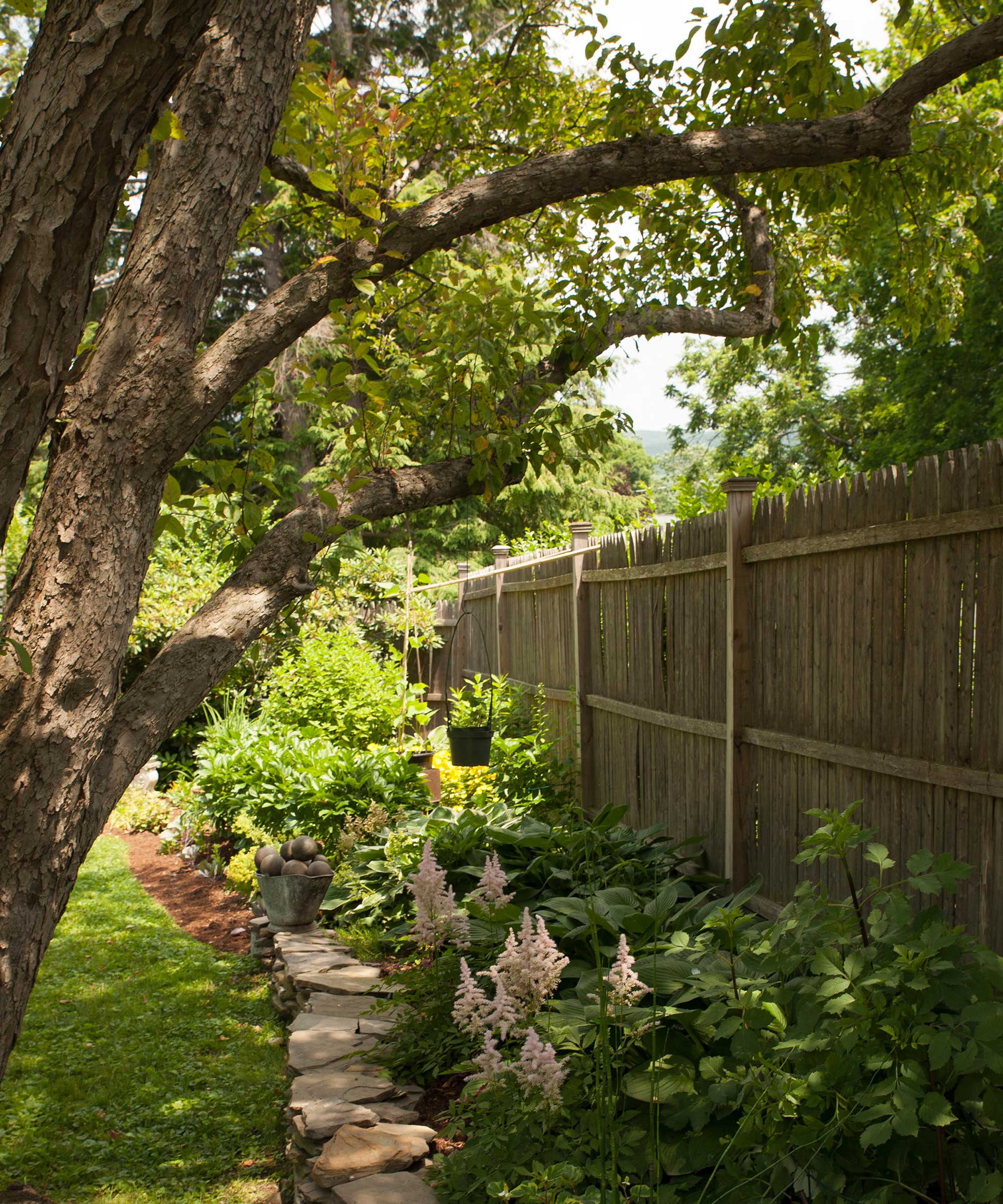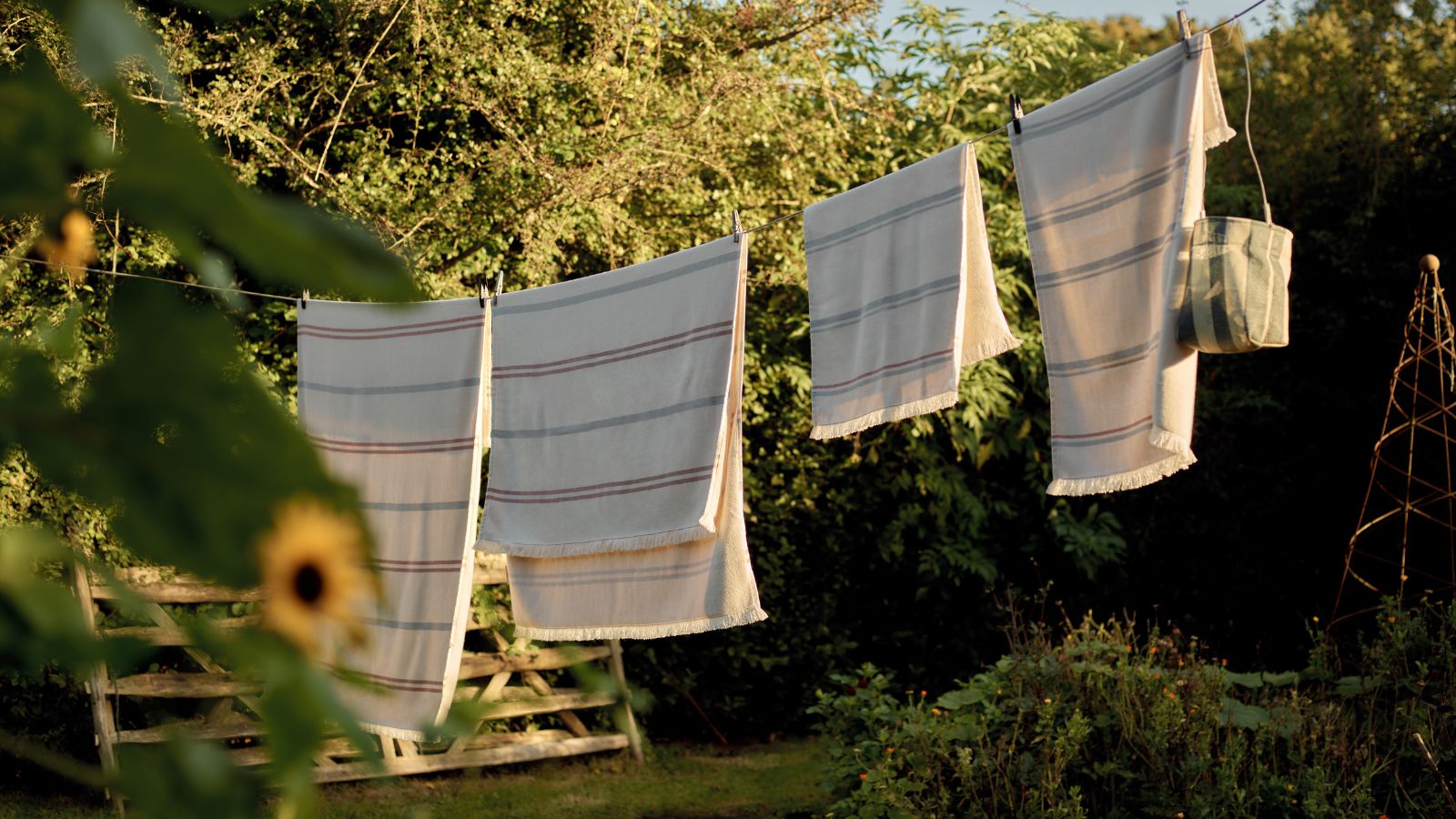'How can I kill a tree without cutting it down?' – an expert arborist offers their advice
If you're unhappy with a neighboring tree, you may be wondering if there's a way to kill it without chopping it. But it's not worth the risk – as this expert explains


Q: My neighbor's tree has grown over the fence and is hanging over our backyard. It's blocking sunlight, the leaves are annoying to clean up, and I'm concerned that one of the branches might break in a storm, causing damage to the patio area beneath. Is there a way that I can kill it, without chopping it down?
A: A quick internet search can throw up all sorts of ideas for killing a neighboring tree on the sly. You're probably thinking that if it dies, your neighbor will be forced to cut it down. Problem solved, right? Wrong! Turns out that doing so can actually create an even bigger problem for everyone.

Ned is a qualified arborist and the founder of The Bristol Tree Medic. Starting his career in one of the UK’s leading tree nurseries in 2010, he went on to spend over a decade as a tree climber across the UK, Europe, New Zealand and Australia. For him, arboriculture has always been more of a fascination than a job, and an industry that never ceases to inspire.
Ned Cromack strongly advises against anyone trying to discreetly kill their neighbor's tree. 'Fundamentally, a tree is someone else's property and has amenity value. if you destroy that tree, you're effectively taking a sledgehammer and putting a hole in their building – it's vandalism,' he says. In most regions, the law reflects this, meaning you could be facing a large fine – we're talking thousands of dollars – often even more than the value of the tree itself.
'What's more, if you kill your neighbor's tree, within one or two years the tree will become infinitely more dangerous,' Ned continues. 'The branches will become much more brittle and will snap off easier in high winds, and the tree itself is more likely to uproot and fall anywhere – putting not just yourself but everyone else in danger.' And, even then, your neighbor may not agree to cut it down.
This is also why you shouldn't try and kill the tree roots on your side of the property line – again, it can cause the tree itself to die and creates a bigger safety hazard.

Overhanging branches may be a safety concern
So, you can't kill it – but what can you do?
In most areas, it's perfectly legal to cut back branches from a neighboring tree that has encroached on your yard. But before you grab the loppers, there are a few things to consider. First, you need to be careful to only cut to the property line – no further. And if you make cuts that result in the death of the tree, those fines mentioned above could be looming.
'You can't climb the tree,' adds Ned, 'which makes it very difficult. And you can't simply throw the cut material back over the fence – you need to ask them if they want it back.'
It really is best to talk to your neighbor and make them aware of the issue before you make plans to trim their tree. 'You'd be amazed how many people don't,' Ned says. But, he suggests coming to them with a solution, rather than just a problem. Consulting a licensed arborist can help with this.
The arborist will come and look at the tree and, if safety is your primary concern, they can quantify the risks. This will either put your mind at ease, or can strengthen your case when you talk to your neighbor. An arborist can also lay out the possible options for alleviating the problem without causing damage to the tree.
Just don't expect your neighbor to pay for the work for you if they're happy with the tree as it is, especially if it isn't posing any danger. Hopefully, with communication, you can reach a compromise and agree to split the costs.

If the tree trunk is in your neighbor's garden, it's their property
These options could include the following, Ned explains:
- Crown raising: This is where a few of the lowest limbs are removed. The perceived change of all of the canopy raising up above head height is huge, Ned says, and most people are happy with the result as it gives you a much better sense of space.
- Size reduction: 'You can reduce some trees – but any good arborist won't take off too much at one time – never more than pruning a third of the length of each branch,' Ned says. They will do it as a staged process to lessen the damage to the tree. You can't stop a tree from growing, though, Ned adds, so bear in mind that this isn't a one-off job. The smaller size will need to be maintained continually and forever, which can be costly, especially if it's a fast-growing tree that you're dealing with.
- Thinning the canopy: 'Thinning is a tree-care management technique where you take back select branches from the canopy to allow more light to penetrate through,' Ned explains. 'It can do a lot, but again, it's a maintenance thing – especially as it can lead to more vigorous regrowth.'

A trained arborist should be hired to prevent damage to the tree
A final option? Try to learn to love the tree. After all, they are beautiful things, great for wildlife gardens, and make any neighborhood a more desirable place to live.
If it's creating a shady area, there are lots of beautiful shade plants available, as well as no-grass backyard ideas that are easier to maintain with less sunlight. The cooler effect it has on your yard in the summer can be a good thing, and if it's deciduous, the leaves will drop in winter allowing more sunlight through to warm your plot. If it's leaf litter that's frustrating you, maybe you could make the best of it by collecting up the leaves to make leaf mold.
It's worth saying that if you move house in the future, it's always a good idea to clock neighboring trees with the assumption that they're not going to go anywhere. That way, you can factor in any potential frustrations before deciding to move in.
Sign up to the Homes & Gardens newsletter
Design expertise in your inbox – from inspiring decorating ideas and beautiful celebrity homes to practical gardening advice and shopping round-ups.

Holly started writing about gardening five years ago, and she is a regular contributor to Homes & Gardens. She has also written many gardening features for Woman & Home and Real Homes, too. She has previous experience as a professional gardener, where she helped to plant and maintain private gardens. Holly has also looked after allotment plots over the years and loves to grow her own flowers and veggies from seed. In her spare time, she enjoys visiting local gardens, botanical drawing, and tending to her ever-growing collection of houseplants.
-
 Should you dry your clothes outside if you have hayfever? Allergy specialists warn sufferers to steer clear of this 'major trigger'
Should you dry your clothes outside if you have hayfever? Allergy specialists warn sufferers to steer clear of this 'major trigger'Doing so can trigger asthma, coughing, itchy eyes and more
By Sophie Warren-Smith
-
 Lenny Kravitz says design is 'just like music' – and the stunning materials of this bedroom embody this laidback luxe approach
Lenny Kravitz says design is 'just like music' – and the stunning materials of this bedroom embody this laidback luxe approachRich textures and opulent finishes come together in a Los Angeles bedroom designed by the musician – it's ultra-chic, but relaxed
By Sophie Edwards